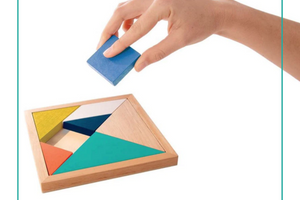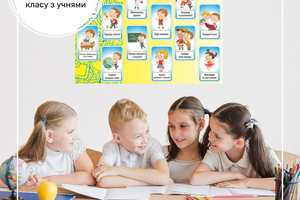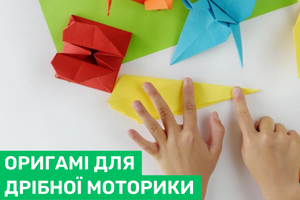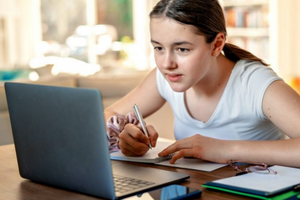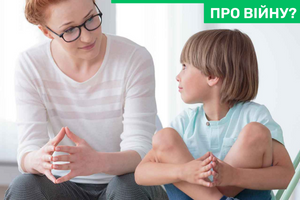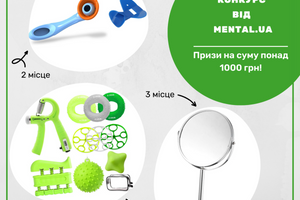Already more than 20 years ago, the method of sensory integration arrived in Ukraine, the purpose of which is to restore the normal functioning of the senses in order to smooth out everyday functioning.
The method is based on sensory and motor experiences necessary for the normal functioning of the child. It should be remembered that this is a component of the sensory integration approach, which involves considering human development from a broader perspective, from birth to old age.
Each person has a specific sensory profile. This profile refers to the specificity of receiving sensory stimuli. Disturbances in the reception and integration of sensory stimuli can be difficulties that negatively affect a person's daily life.
Most of us do not think about how to perform certain actions, we do not analyze how our brain processes and integrates sensory information, our sensory systems work automatically, which allows us, for example, to walk, grasp, maintain balance. Unfortunately, the mentioned automatisms do not happen to everyone, which leads to problems in everyday functioning.
Detection of disorders of sensory integration
If you notice that your child has all kinds of difficulties in everyday functioning, take action, because it is very likely that we are dealing with a sensory integration disorder.
Therapy with a child with sensory integration disorders
Hypersensitivity to stimuli is one of the many problems that children with sensory integration disorders face. What is perceived as pleasant by a person with a normally functioning tactile, visual, auditory or olfactory system may be perceived differently by children with impaired sensory integration. There are several guidelines for organizing the environment for hypersensitive children.
Visual hypersensitivity
• Take care of the muted colors of the walls and equipment in the room. Avoid bright colors with lots of patterns and elements.
• Install a light switch with adjustable light intensity. Remember to turn up the light intensity when studying, playing and being active, and turn it down as you approach bedtime.
• Avoid too many items in your child's field of vision, they can be stimulating and distracting.
• Try to limit the number of toys near the child, put them in containers and only use them for certain entertainment.
It is also worth doing simple exercises with the child at home. There are several fun games and activities that you can do successfully on your own without the help of a therapist.
How to carry out sensory therapy at home for children with visual hypersensitivity?
Use a manipulation tablet. It is enough to put two / or more containers with several cups of liquid on a tray. Pouring liquid from cup to cup will be an exercise that will undoubtedly be a lot of fun and will bring health benefits.
Also try to offer the child to play with the pendulum. The easiest solution is to purchase a Newton's Pendulum device, but you can also make a pendulum yourself. To do this, hang the ball on a rope and explain to the child that his job is to follow the ball with his eyes. Watching the balls hit one by one will focus attention, improve the movement of the eyeballs and prevent excessive fatigue of the child.
Auditory hypersensitivity
• First of all, remember that a sound that is barely audible to you can be perceived by a child in a completely different way. Therefore, try not to leave the TV and radio on, even if they work at a distance. Even the sound of a working filter in an aquarium or the hum of an air conditioner can be unpleasant for a child.
• Listen to your child's comments and do not expose him to sounds he does not tolerate.
• Try closing the windows, especially when outside noises are loud.
• Minimize shower noise. Line the bathroom with ceramic tiles to avoid sounds and echoes.
• Buy headphones for your child and use them to make the right amount of sounds recommended by the therapist.
How to carry out sensory therapy at home in children with increased sensitivity to hearing?
At home, you can stimulate your child's auditory functions by playing different types of audio recordings. During the day, play gentle and relaxing recordings of nature sounds and read fairy tales aloud before bed.
You can organize a joint theater or concert with your child. Use different tools for this and accustom the child to sounds.
The use of ready-made exercises is also an excellent solution. By performing exercises, the child will improve and develop auditory perception in the form of a game.
Olfactory hypersensitivity
• Use fragrance-free skin care products.
• Limit situations where your child can come into contact with a mixture of different fragrances, especially avoid cosmetic stores and perfumeries.
• Get rid of intensely fragrant accessories at home: strong deodorants, aromatic sticks and air fresheners.
• Make sure that the meals prepared for the child do not contain strong spices, and open the window and turn on the fan while cooking.
How to carry out sensory therapy at home in children with olfactory hypersensitivity?
If you want to conduct therapy at home, it is worth getting your child used to certain aromas gradually. This can be done, among other things, by involving the child in the process of cooking. Show different smells and tastes when you cook and let your child get used to them.
Also use aromatic boxes. Special containers with a hole for ingredients with different smells will allow the child to experience different tastes and increase tolerance to some of them.
An interesting solution is also the use of essential oils, which will facilitate breathing and at the same time encourage children to learn about smells.
Increased sensitivity to touch
• Pay attention to the clothes you buy for your child. Avoid clothes with pronounced seams on the inside, clothes with elastic bands around the wrists and hips, as well as turtlenecks and woolen sweaters.
• Listen to what materials make the child uncomfortable and respect their comments.
• Get rid of any labels that might be annoying.
• Be sure to buy loose clothing and underwear that will not cling to the body.
• When bathing and brushing, use conditioners and protect the baby's neck and back from contact with hair.
How to carry out sensory therapy at home in children who have increased sensitivity to touch?
The easiest way to stimulate tactile sensations at home is to do various types of massage that will stimulate the child's sensory receptors. It is important to massage gently using professional equipment such as a massager with inserts.
Also, give your child as many opportunities as possible to explore different textures. Therapy stores have many ready-made aids, including sensory tracks.
You can also follow a similar path using items in the immediate vicinity. Go for a walk with your child and collect items of different textures and shapes along the way, such as stones, cones, acorns, conifers, etc., then place the previously collected items on a rug or mat and encourage your child to overcome a unique obstacle barefoot.
Tactile stimulation and habituation to different textures can also occur through playing with plastic masses that children adore, such as kinetic sand or therapeutic plasticine.












